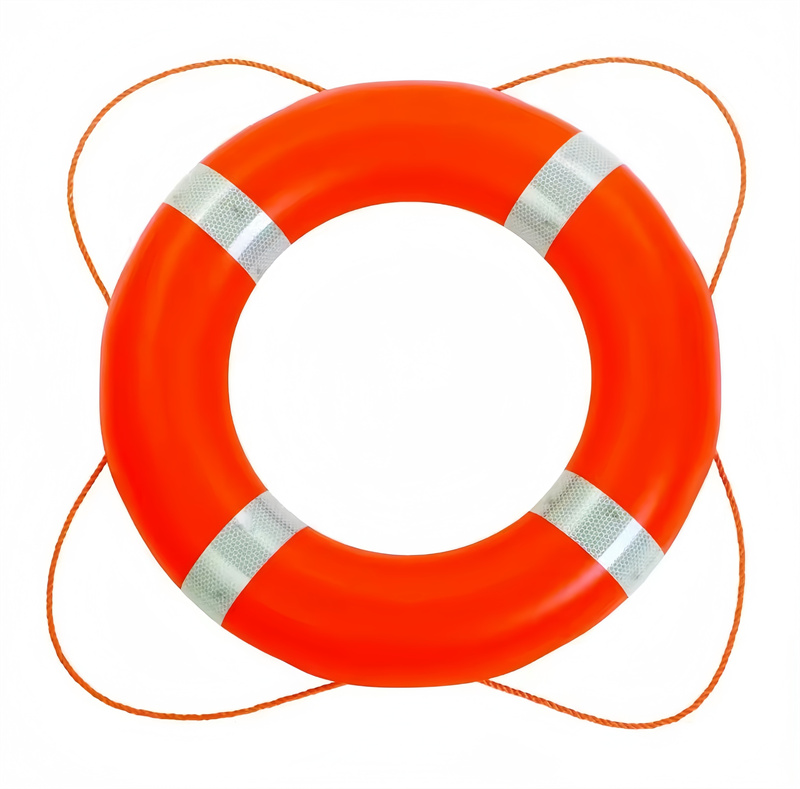Types of Marine Life-saving Equipment: How to Choose
Maritime safety relies heavily on life-saving equipment designed to mitigate risks and ensure the safety of individuals navigating the waters. In this guide, we'll explore the various types of marine life-saving equipment and provide insight into selecting the appropriate gear for your specific needs.

Types of Marine Life-saving Equipment
Personal Flotation Devices (PFDs)
PFDs, such as life jackets or vests, offer reliable flotation without inflation, making them essential for water activities.
Inflatable vests provide a comfortable fit, while hybrid designs combine buoyancy with inflation convenience.

Life Rafts
Serve as floating sanctuaries in emergencies, providing shelter, buoyancy, and essential supplies.
Types include throw-overboard life rafts for smaller vessels, davit-launched rafts for commercial shipping, and helicopter-deployable rafts for swift aerial deployment.
Emergency Position Indicating Radio Beacons (EPIRBs) and Personal Locator Beacons (PLBs)
Transmit distress signals via satellite to aid search and rescue authorities during emergencies.
Equipped with GPS technology for accurate location determination, even in remote areas.
Fire Suppression Systems
Crucial for containing and extinguishing fires onboard vessels.
Include portable fire extinguishers, fixed firefighting systems, and automatic sprinkler systems.
First Aid Kits and Medical Equipment
Essential for addressing medical emergencies during maritime operations.
Stocked with bandages, antiseptics, medications, and medical instruments, with advanced equipment like defibrillators for comprehensive care.

Selecting the Right Type of Marine Life-saving Equipment: A Step-by-step Guide
Assess Your Needs
Consider vessel type, activities, and weather conditions to determine equipment requirements.
Understand Regulations
Familiarize yourself with maritime safety regulations and ensure selected equipment meets or exceeds standards.
Identify Essential Equipment
Determine appropriate PFDs, life rafts, signaling devices, fire suppression systems, and medical equipment based on vessel size, crew capacity, and operational environment.
Consider Additional Safety Measures
Explore additional safety equipment like man-overboard recovery systems and emergency lighting.
Regular Maintenance and Inspection
Ensure all equipment is properly maintained and inspected according to guidelines and regulations of life-saving equipment manufacturer.
Stay Informed and Prepared
Stay updated on weather conditions, hazards, and emergency procedures relevant to your area of operation.
Conclusion
Selecting the right marine life-saving equipment is vital for ensuring safety at sea. By investing in high-quality gear, staying informed, and prioritizing preparedness, you can navigate waters confidently, equipped to handle emergencies effectively.
- Art
- Causes
- Crafts
- Dance
- Drinks
- Film
- Fitness
- Food
- Oyunlar
- Gardening
- Health
- Home
- Literature
- Music
- Networking
- Other
- Party
- Religion
- Shopping
- Sports
- Theater
- Wellness


